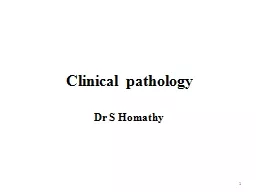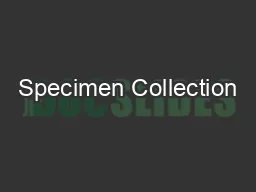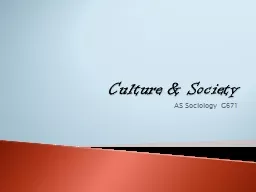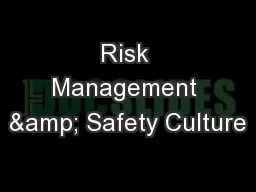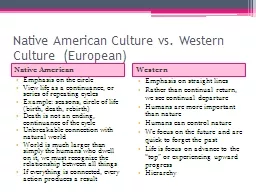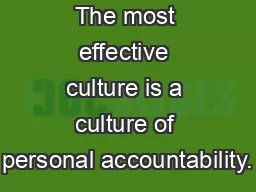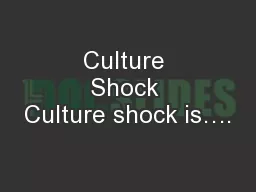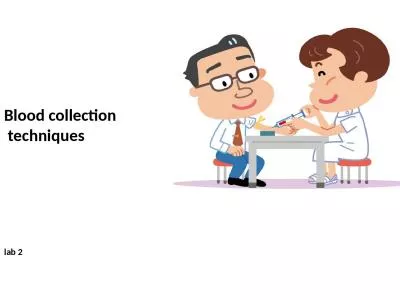PPT-Blood Collection & Blood Culture Collection
Author : coveurit | Published Date : 2020-06-17
Removal Preventing Infection NeedleFree Valves Insertion Central Line Bundle Care amp Maintenance TPN Flushes Are central lines driving you crazy What you need
Presentation Embed Code
Download Presentation
Download Presentation The PPT/PDF document "Blood Collection & Blood Culture Co..." is the property of its rightful owner. Permission is granted to download and print the materials on this website for personal, non-commercial use only, and to display it on your personal computer provided you do not modify the materials and that you retain all copyright notices contained in the materials. By downloading content from our website, you accept the terms of this agreement.
Blood Collection & Blood Culture Collection: Transcript
Download Rules Of Document
"Blood Collection & Blood Culture Collection"The content belongs to its owner. You may download and print it for personal use, without modification, and keep all copyright notices. By downloading, you agree to these terms.
Related Documents


